1 093-Hobby Greenhouse Considerations: What to Know Before You Buy (and After You Do)
- Author: joegardener.com
- Published Date: 04/28/2022
- Review: 4.94 (983 vote)
- Summary: · A lifetime master gardener, Sheri has been greenhouse gardening for … was able to grow tomatoes all year, along with many other vegetables
- Matching search results: I first visited Sheri’s Atlanta, Georgia-area greenhouse in 2011 to film for an episode of my PBS series, Growing a Greener World®. Although she’s since upgraded her space (more on that in a minute), you can meet Sheri and tour the greenhouse she …
- Source: 🔗
2 Best Vegetables to Grow in a Greenhouse
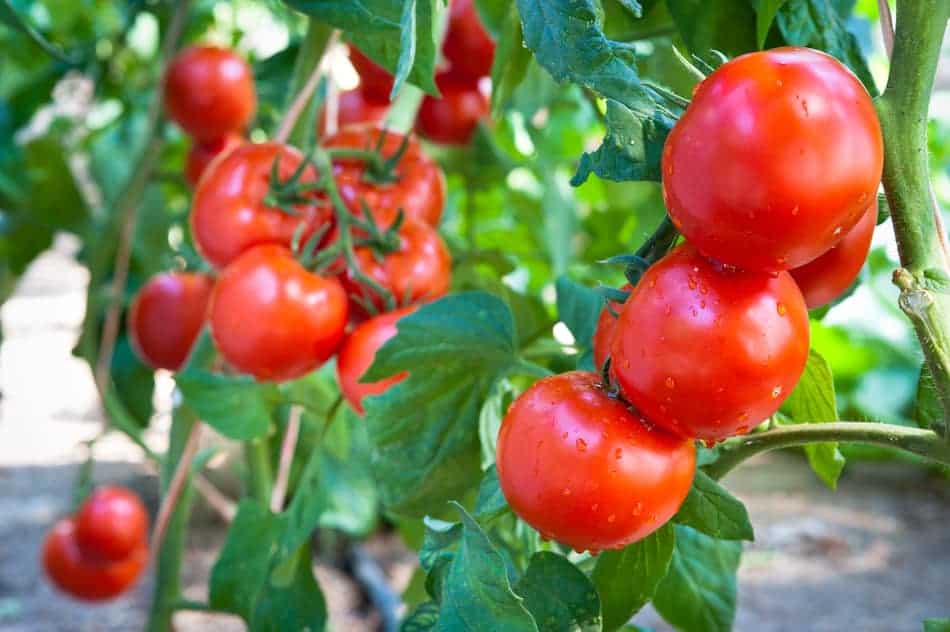
- Author: greenhousetoday.com
- Published Date: 07/24/2022
- Review: 4.65 (411 vote)
- Summary: The best vegetables to grow in a greenhouse are ones you’ll eat or sell, & that thrive indoors: tomatoes, peppers, strawberries, lettuce & other greens,
- Matching search results: Crops also have their own specific time to grow so it is best to check the season to know which ones are good, but the most common ones that are grown year round are: tomatoes, cucumbers, strawberries, lettuce, squash, eggplant, broccoli cabbage, …
- Source: 🔗
3 Greenhouse vegetable gardening
- Author: sturdi-built.com
- Published Date: 06/05/2022
- Review: 4.56 (260 vote)
- Summary: · A cool greenhouse, with night time temperatures of 40-45°F, works for lettuce, spinach and radishes. Peppers, tomatoes, and cucumbers need
- Matching search results: Watering: Water is needed, but the amount and frequency varies with temperatures, day length, plant size and soil mix. It is recommended that the plants be thoroughly soaked at every watering. In January, watering may be needed every 10 to 14 days. …
- Source: 🔗
4 Greenhouse Gardening in Winter – the Best Vegetables for Winter Gardens!
- Author: outdoorhappens.com
- Published Date: 10/22/2021
- Review: 4.3 (252 vote)
- Summary: Best Vegetables to Grow in a Greenhouse in Winter · Peas! · Winter salad leaves! · Radishes · Lettuces · Spring onions · Annual herbs – dill, coriander, chervil, and
- Matching search results: The first reason for this is the shortened day length. Plants respond to shortening days by going into dormancy for the winter. Dormancy isn’t a problem for your winter salads that will grow slowly even in cool weather, but your cucumbers will not …
- Source: 🔗
5 What to grow in a greenhouse in winter
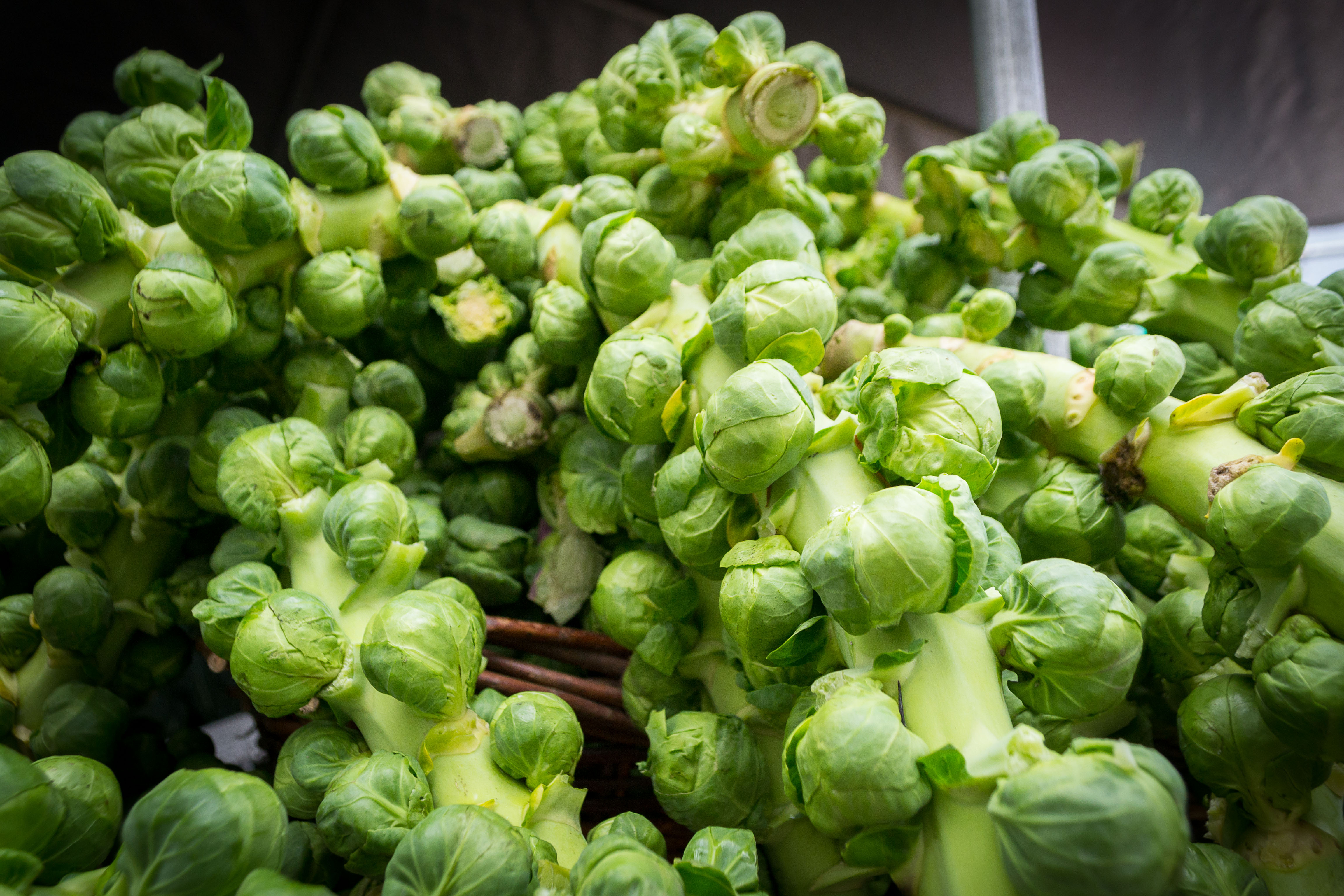
- Author: garden-products.co.uk
- Published Date: 01/22/2022
- Review: 4.13 (470 vote)
- Summary: · Vegetables to grow in a greenhouse in winter · Potatoes · Winter lettuce · Pak choi · Spinach and kale · Cabbage and broccoli · Brussel sprouts
- Matching search results: As the nights draw in and the days get colder, you might wonder whether you can still get use out of your greenhouse. The answer is yes! There are plenty of plants you can grow in a greenhouse in winter, and while they won’t grow as fast as they …
- Source: 🔗
6 October 2015 Plant Health Greenhouse Vegetables: Your Worst Enemies
- Author: gpnmag.com
- Published Date: 05/12/2022
- Review: 3.86 (329 vote)
- Summary: The majority of the greenhouse vegetables we grow for the end user are produced … Vegetable seeds are produced in open fields where plants are irrigated
- Matching search results: Since ornamental producers are frequently trying to expand their markets, labeling on vegetables and herbs is of great interest. Some of the products are even OMRI listed and can become a part of an organic program. These include RootShield Plus, …
- Source: 🔗
7 A winter greenhouse: A productive way to harvest vegetables all winter

- Author: savvygardening.com
- Published Date: 01/03/2022
- Review: 3.64 (592 vote)
- Summary: In my garden, the winter superstars include Winterbor kale, mache, tatsoi, and scallions. Those in milder climates, such as those in zones 7 and above, can grow
- Matching search results: Salad greens like arugula, leaf lettuce, chard, and spinach grow faster than root crops and are sown in late summer to early autumn. These are direct sown or given a head start indoors under grow lights. If you wish to have mature kale or collard …
- Source: 🔗
8 Greenhouse Vegetable Gardening – VeggieHarvest.com
- Author: veggieharvest.com
- Published Date: 05/27/2022
- Review: 3.57 (575 vote)
- Summary: · Greenhouse growers can produce a significant amount of crops from a small space, and can do so all year round. Gardening in a greenhouse also
- Matching search results: Growing vegetables and herbs in a greenhouse will allow a significantly extended growing season for most people growing in colder climates. In addition to growing vegetables out of season, you could even grow vegetables from warmer zones in your …
- Source: 🔗
9 What to Grow in a Greenhouse? Best Veggies to Grow Year-Round
- Author: backdoorsurvival.com
- Published Date: 09/06/2022
- Review: 3.33 (487 vote)
- Summary: Tomatoes; Peas; Artichoke; Kale; Broccoli; Cauliflower; Collard Greens; Arugula. Certain crops work better in a
- Matching search results: In my house, the garden’s growing goals are all about food production, and those range from starting seeds to extending harvests. I practice successive planting which is a little gardening trick many gardeners use to get the most production out of a …
- Source: 🔗
10 Best Vegetables to Grow In A Greenhouse
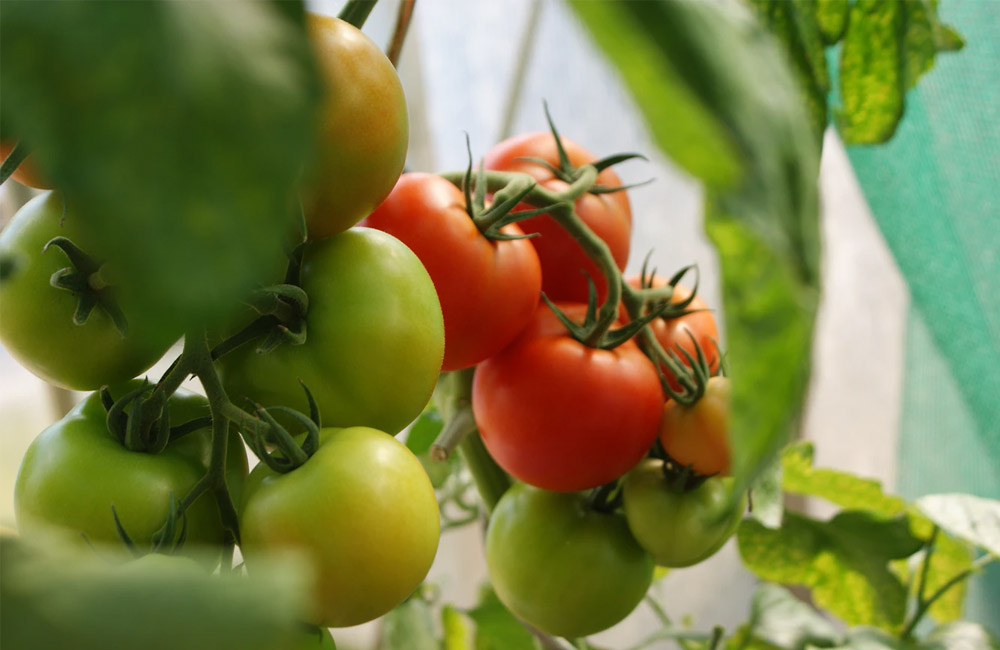
- Author: swgreenhouses.co.uk
- Published Date: 01/03/2022
- Review: 3.18 (272 vote)
- Summary: · Our Top Picks To Grow in a Greenhouse · 1. Peppers · 2. Tomatoes · 3. Cucumbers · 4. Root Vegetables · 5. Calabrese/Broccoli · 6. Sweetcorn · 7. Squash
- Matching search results: Since peppers need a minimum nightly temperature of about 13 degrees Celsius, it is very risky to have them outside in the UK. Even in an unheated greenhouse, the added temperature generated by the shelter and clear walls is enough to keep peppers …
- Source: 🔗
11 Greenhouse Growing • Basics & Advantages of Protected Culture
Why Grow in a Greenhouse? Greenhouse Eggplant Trial Our greenhouse varieties undergo intense scrutiny in our trialing program those we’ve selected demonstrate outstanding performance across multiple criteria. Greenhouse Trial Criteria & Recommendations… View All Our Greenhouse Performers… Each year as the autumnal equinox passes us by, daylength dwindles to an increasingly noticeable degree. By the winter solstice, it becomes too cold and dark in many regions for much of anything to grow in the field. But greenhouse growers are gearing up to start tomato, lettuce, eggplant and pepper seeds, or other carefully chosen vegetables, herbs, and flowers. The seedlings may be started or transplanted into a heated or unheated greenhouse or hoophouse, with or without supplemental lighting, depending on the latitude, crop, and a host of additional variables unique to the greenhouse grower’s operation. If working in the greenhouse sounds to you like a way to banish the midwinter blues — as well as generate year-round income — then read on to learn more about how you might fit greenhouse production into your business plan. Top ˆ The Greenhouse Advantage: Extended Season Higher Quality Higher YieldThe obvious reason to grow greenhouse vegetables, flowers, and herbs is to have crops at a time of year when they can’t be grown outdoors. Out-of-season tomatoes, cucumbers, peppers, eggplant, lettuce, basil, and other vegetables command high prices in some markets. It’s important to note, though, that the cost of winter production of warm-weather crops like tomatoes is very high prepare to jump into it only once you ascertain you have a market and a price point that will provide a return on your investment. Heating will be your biggest cost, followed by labor. And if you intend to remain in production through the very coldest, shortest winter months, you may also need to provide supplemental lighting — particularly during a long spell of overcast weather. USDA’s Virtual Grower Preliminary research to inform your greenhouse decisions and strategies is time well spent. Virtual Grower allows you to run multivariate “what-if” scenarios for your geographic region. Learn More… If you have never attempted to grow greenhouse vegetables in winter, you should do a great deal of preliminary research to determine whether it can be profitable for you, given your climate, greenhouse structure, and projected fuel costs. Fortunately, there are many freely available resources to help you calculate costs and potential returns. A search online for greenhouse tomatoes enterprise budget, for example, will return a lengthy list of references to inform your research. Look for those published by your regional universities and cooperative extension agencies. NOFA-VT’s Cost-of-Production Resources NOFA-VT worked with organic farms in Vermont to track and analyze their greenhouse costs of production, aggregating and presenting the data in a set of factsheets for growers to use, including the cost of production workbook developed as part of the project. Learn More… For predicting heating costs, a tool called the Virtual Grower is available through the USDA. It prompts the user to enter information such as nearest weather station, (from which it calculates average weather conditions), type of greenhouse structure, condition of the structure, type of heating system, and price of fuel. (Although the Virtual Grower is dated, it still holds utility we hope this free software will soon be redeveloped.) The Northeast Organic Farming Association of Vermont (NOFA-VT) offers several cost-of-production resources on their website for greenhouse crops, including a summary of metrics, crop-specific analysis, and a cost-of-production workbook. Factors to Weigh for the Greenhouse Grower Climatological / Geographical: Circadian and seasonal variations in temperature, light, humidity, air circulation, pollination requirements, disease pressure and resistances Cost Considerations: Construction, maintenance, energy, tools, supplies, seed, human resources Market Forces / ROI: Supply chain management demand for unique, high-end, and/or off-season products collective/collaborative selling/transportation/marketing As for timing, the broad rule of thumb for a beginning grower in the northern half of the US or Canada is to plant into a greenhouse until February 15, because the low light conditions earlier than that make the crop a riskier venture. More experienced growers and southern growers, however, can often produce all winter. By mid February, many crops can be grown with only minimal heat, and still provide a month or more of earliness compared to field crops. If you have a market where you can sell vegetables in spring, greenhouse production can be profitable, especially when combined with early field crops. You may, for example, have field-grown spinach ready in April, but realize that’s hardly enough to fill a market stand. If you can also bring head lettuce from the heated greenhouse, and arugula, radishes, and carrots from the unheated hoophouse, then you’re able to put on a good display. Alternatively, think about the possibilities for Mother’s Day: greenhouse tomatoes, cucumbers, cut flowers, and hanging baskets of flowers and fruiting strawberries, in addition to a full range of spring vegetables. Season extension is just one of the advantages gained from greenhouse growing. Protected crops are less apt to be damaged by wind, rain, and hail so the percentage of marketable products is higher. Yield is often higher as well, if you can provide optimum growing conditions for each crop. Greenhouses protect crops from many diseases, particularly those that are soilborne and splash onto plants in the rain. And greenhouse crops may be protected from common field pests. Of course, greenhouse crops have their own particular problems, such as foliar disease, aphids, and whiteflies, so vigilance is still required. Top ˆ Tools & Supplies for the Greenhouse Trellising & Crop Supports Learn how to maximize efficiency with tutorials, tools and supplies expressly designed to facilitate greenhouse tasks, such as trellising and supporting your vining crops. See Resources below to learn more… Greenhouse vegetables, herbs, and flowers can be grown in three main systems: in-ground soil culture, container culture, and hydroponics. The first is easiest for beginners because watering and fertilization requirements are not as exacting. Growing in containers, though, has the advantages of no weeding and reduced incidence of soilborne diseases. So the determining factor may well be the type of greenhouse you own. If you have a transplant house with a concrete or gravel floor, you will have to grow in containers such as grow bags, bulb crates, or large pots. If you have a soil floor, you can choose which system to use. In either case — unless you’re using hydroponics — drip irrigation is recommended to reduce labor, improve watering consistency, and prevent problems caused by overhead watering such as soil splash and wet foliage. Plastic mulch may be used to prevent weeds while also conserving soil moisture. An inner layer of row cover held above growing crops by hoops may be used to keep soil warmer without increasing fuel usage. Tomatoes, cucumbers, peppers, and eggplants require trellising onto vertical lengths of twine. Vines can be attached to the trellis with clips, and Rollerhooks can provide maximal time-saving, space-conserving trellising in a lower-&-lean system. Other greenhouse crops such as basil and cut flowers may need to be held upright with a horizontal trellising system such as Hortonova netting. Take time to learn about the various crop support tools and accessories available, to select the system best for your application. For in-ground cultivation of baby leaf greens and salad mix, using a seeder affords greater precision, conserves seed, and speeds up planting greatly. And a greens harvester makes short work of cutting baby lettuces and other greens. Top ˆ What to Grow in Your Greenhouse, Hoophouse, or Poly Tunnel Always in demand and offering the grower a wide range of sizes, shapes, colors, flavors, and production methods, tomatoes are the number-one greenhouse crop in the U.S. Read Our Research Team’s Recommendations for Greenhouse Tomatoes… You can grow virtually anything in a greenhouse, but that protected space is prime real estate — with careful variety choices, you can maximize profits and produce crops that don’t do well outside for you. At Johnny’s, we breed, trial, and select seed specifically for greenhouse culture. To learn more about what we look for and recommended greenhouse performers, read our article on Greenhouse Trial Criteria. Tomatoes are the number-one greenhouse crop grown in the US, probably because demand is high and consistent year-round. Cucumbers are the second most popular greenhouse crop, followed by lettuce and salad mix. Greenhouse peppers are also extremely popular in the US, and offer diverse options though more exacting in their cultural needs. Microgreens, too, are in steady year-round demand, and offer several advantages, including short turnaround time, relative ease in growing, tremendous diversity, and appreciable ROI. Cut flowers can also be profitable in a greenhouse. Among seed-grown flowers, the best choices are those that don’t do well outside in the wind, such as delphinium, lisianthus, and snapdragons. In cool climates, heat-loving flowers such as celosia are good candidates for greenhouse growing. Hortonova in the Hoophouse Horizontal trellising helps provide correct spacing, as well as support, for premium cut-flower production. Learn More About Crop Supports… Among the herbs, basil can be grown earlier and later in the year in a greenhouse, and there is a consistent demand for it. Tender perennials herbs such as rosemary and thyme can be kept in the greenhouse as mother plants, then propagated in late winter to sell as container plants or culinary cut herbs in spring. Strawberries are another valuable greenhouse crop, and can be grown in hanging containers to keep floor space free for other crops. Whichever crops you choose, variety selection is important for greenhouse success. Varieties are identified as good for greenhouse production for many reasons. They may have increased resistance to common diseases, or grow better in the lower light conditions of the greenhouse. In the case of cucumbers, many greenhouse varieties are parthenocarpic, meaning they don’t require insect pollination to set fruit — and gynoecious, meaning all flowers are female, resulting in a higher yield since every flower has the potential to turn into a fruit. Remember to look for the red greenhouse symbol next to variety names here on our website and in our catalogs. Top ˆ Opening up to Year-round Possibilities As the days get shorter with the approach of winter and you find yourself indoors more frequently, spend some time reviewing the possibilities for greenhouse or hoophouse production. If you decide to go for it, now is the time to lay out your production plan and schedule purchases and sowing dates. Wherever you live, you could grow a greenhouse full of crops, ready for market through winter and earliest spring! Top ˆ Learn More About Greenhouse Growing Trial Criteria for Johnny’s Greenhouse Varieties Article Take Our Virtual Greenhouse Tour Video Top-Grafting Tomatoes • Advantages, Materials, Technique Tech Sheet (PDF) Side-Grafting Tomatoes • Advantages, Materials, Technique Tech Sheet (PDF) Trellising Hoophouse Tomatoes Article How to Lower & Lean Greenhouse Cukes Video Calculating ROI for Greenhouse Cukes Blog Cucumber Pruning Video Greenhouse Cucumber Production Tech Sheet (PDF) Cucumber Types & Terminology (PDF) Greenhouse Eggplant Production Tech Sheet (PDF) Greenhouse Bell Pepper Production Tech Sheet (PDF) Growing Fruit Under Cover Article Johnny’s Greenhouse Vegetable Varieties Product Listing Johnny’s Greenhouse Fruit Varieties Product Listing Johnny’s Greenhouse Flower Varieties Product Listing Johnny’s Greenhouse Herb Varieties Product Listing All Our Greenhouse Performers Product Listing Top ˆ Top ˆ
- Author: johnnyseeds.com
- Published Date: 03/24/2022
- Review: 2.86 (152 vote)
- Summary: Greenhouse vegetables, herbs, and flowers can be grown in three main systems: in-ground soil culture, container culture, and hydroponics. The first is easiest
- Matching search results: For predicting heating costs, a tool called the Virtual Grower is available through the USDA. It prompts the user to enter information such as nearest weather station, (from which it calculates average weather conditions), type of greenhouse …
- Source: 🔗
12 19 Vegetables to Grow in a Greenhouse

- Author: gardeningchannel.com
- Published Date: 10/25/2021
- Review: 2.88 (192 vote)
- Summary: 19 Vegetables to Grow in a Greenhouse · 1. Onions · 2. Microgreens · 3. Leaf Lettuce · 4. Carrots · 5. Spinach · 6. Tomatoes · 7. Eggplant · 8. Tomatillos
- Matching search results: Obviously, smaller, and bush varieties of vegetables will do better in smaller greenhouses. If you have a larger walk-in greenhouse, you might have more options. Plant for your greenhouse area, and you should have a variety of vegetables producing …
- Source: 🔗
13 Are Greenhouse Vegetables Better? Heres The Truth

- Author: backyardsidekick.com
- Published Date: 11/15/2021
- Review: 2.72 (168 vote)
- Summary: Yes, vegetables grown in a greenhouse are better. The additional control you have over things
- Matching search results: Funnily enough, I haven’t actually had any trouble whatsoever growing eggplants outdoors, thanks to my decent climate, but some people need the greenhouse to get the most out of theirs. Consistent moisture, along with germinating at 80 or 90ºF (27 …
- Source: 🔗
14 Growing a Greenhouse Garden – Northern Homestead
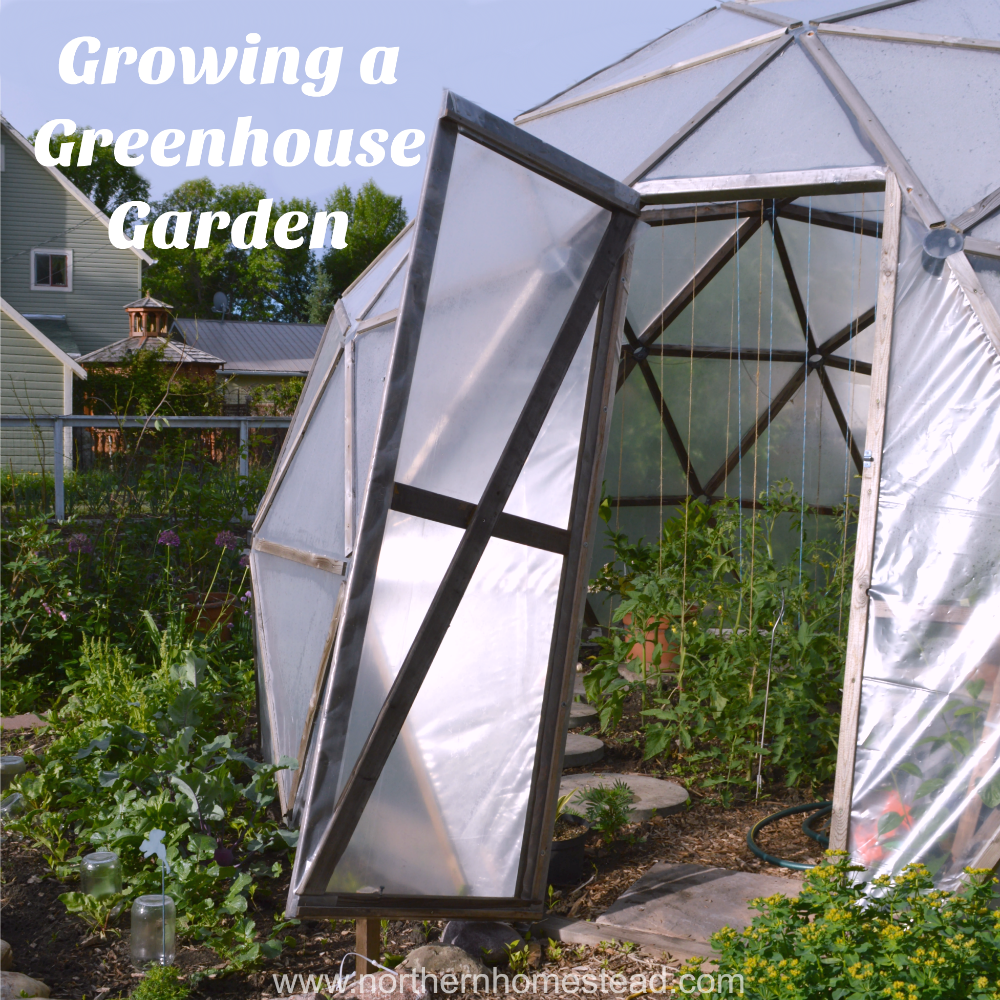
- Author: northernhomestead.com
- Published Date: 07/20/2022
- Review: 2.6 (89 vote)
- Summary: In a greenhouse garden, you can grow things earlier than in your outdoor garden. It
- Matching search results: Add a new layer ( 1- 2 inches) of compost on top of the soil. This can be done in the fall or in early spring. WE do a no-tig garden in the greenhouse as well as in the whole garden. The compost feeds the soil and builds it up for a new garden …
- Source: 🔗
15 Growing Under Cover All Year Round
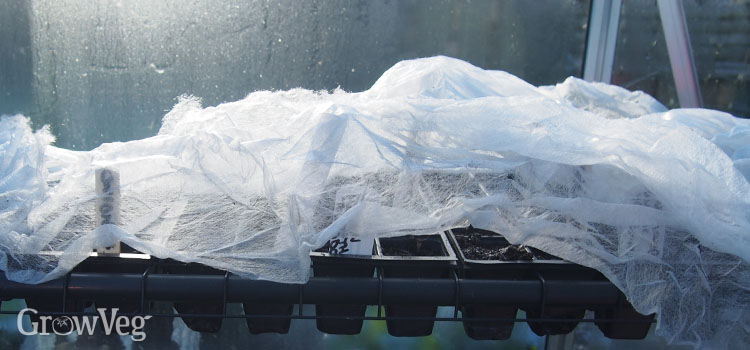
- Author: growveg.com.au
- Published Date: 11/09/2021
- Review: 2.57 (183 vote)
- Summary: · Make sure your greenhouse is windproof, and if you expect severely cold weather over winter, fix horticultural bubble wrap to the inside of the
- Matching search results: Once the excitement of the main growing season is past, it’s time to perform some greenhouse maintenance. Make sure your greenhouse is windproof, and if you expect severely cold weather over winter, fix horticultural bubble wrap to the inside of the …
- Source: 🔗
